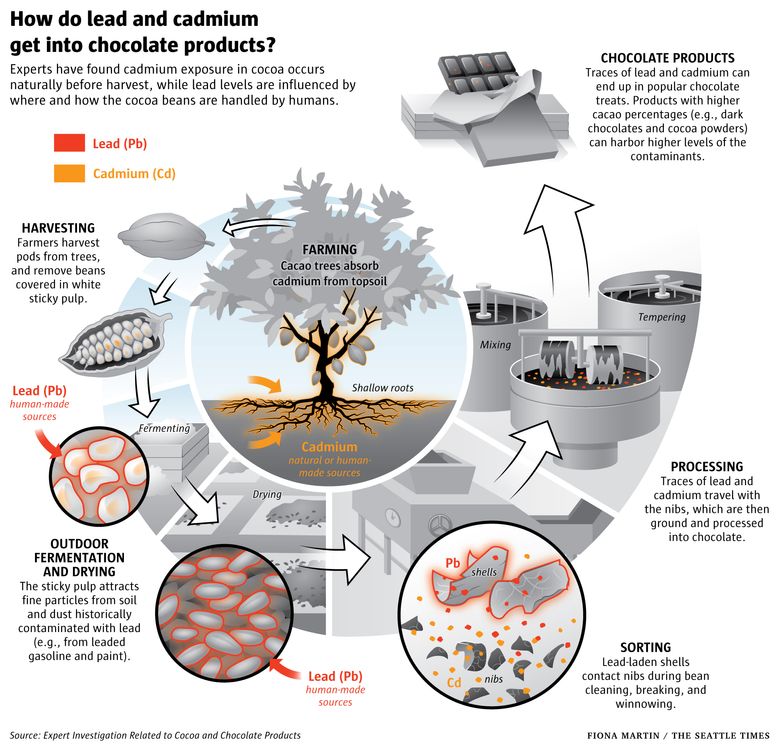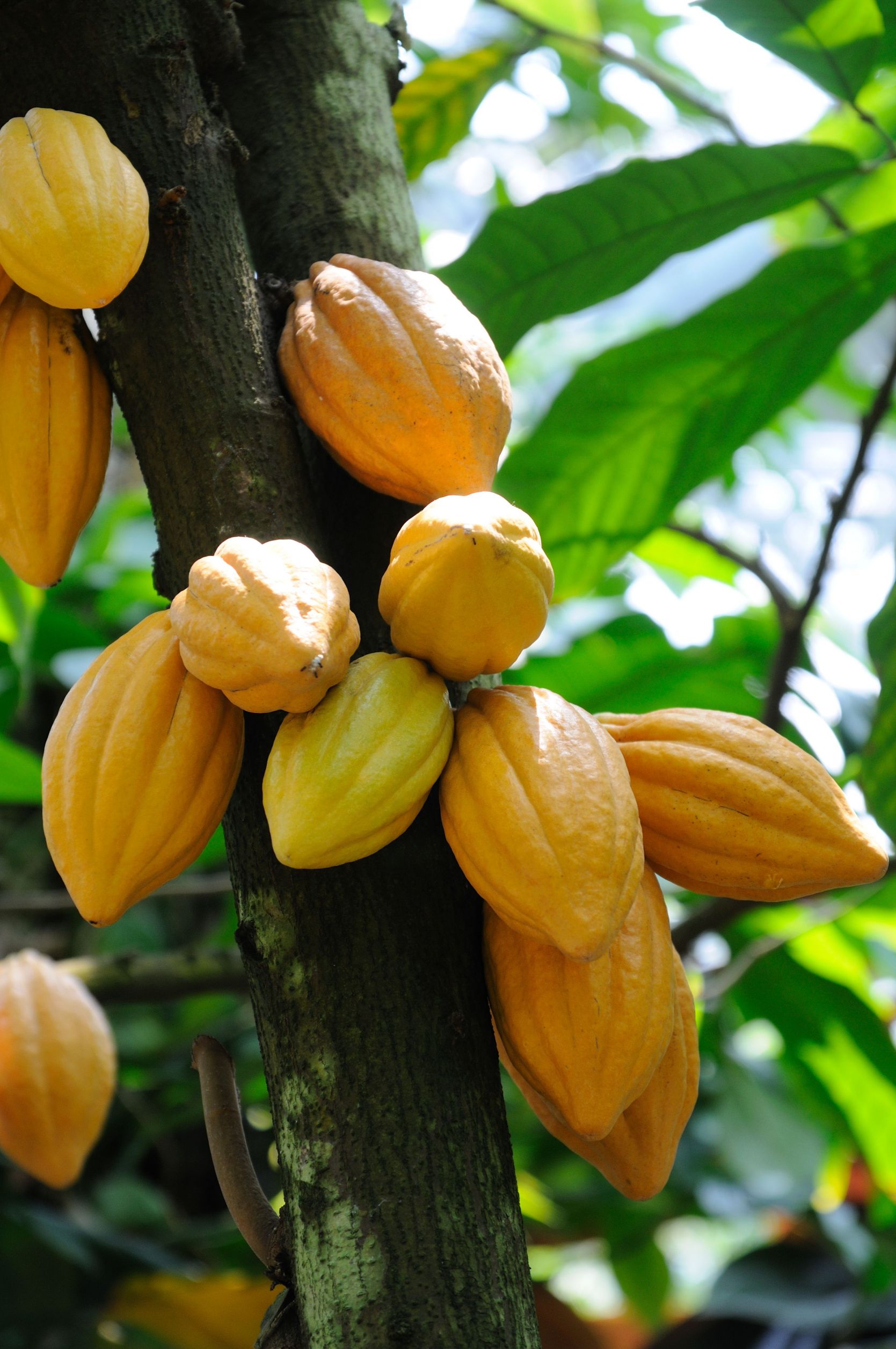Unwrapping the Truth: Heavy Metals in Chocolate
14th Sep 2023
For centuries, chocolate has been a beloved treat enjoyed by people all over the world. Its rich and indulgent flavour has made it a symbol of comfort and celebration. Due to a recent Consumer Reports concerns have arisen about the presence of heavy metals in chocolate. In this blog post, we'll explore the presence of heavy metals in chocolate, their potential health risks, how Charley’s Chocolate compares to other chocolate and what consumers can do to make informed choices when indulging in this sweet delight.
Understanding Heavy Metals
Heavy metals are elements that have a high atomic weight and can be toxic in certain concentrations. Some of the heavy metals that have raised concerns in food include lead, cadmium, arsenic, and mercury. These elements can find their way into the environment through various human activities, such as industrial processes, mining, and pollution.
No food is 100% heavy metal free. For example, almost all foods contain a trace amount of cadmium, with cereals and bread, leafy vegetables, and potatoes being the worst offenders.
Heavy Metals in Chocolate

Cadmium
It may come as a surprise, but heavy metals can end up in chocolate. The two heavy metals typically found in chocolate are cadmium and lead. How does this happen? Well, there are two main ways:
1. Soil Contamination: Cocoa plants, the source of chocolate, grow in tropical regions where soil contamination can be prevalent due to various factors like mining, industrial activities, and pesticide use. When cocoa plants absorb these contaminants, they can end up in the cocoa beans.
2. Processing: The process of making chocolate involves multiple steps, including fermentation, drying, and roasting. During these processes, heavy metals can be introduced into the beans if the equipment used is contaminated.

Image credit: Seattle Times
Cadmium, according to an extensive As You Sow report, is found in higher levels in cocoa and chocolate grown in particular in South American countries Peru, Ecuador, and Honduras as well as Trinidad & Tobago.
Charley’s use the highest standards to both reduce the risk of contamination and to create the best quality cacao.
Health Concerns
Heavy metals in chocolate are a concern because of their potential health risks. While consuming small amounts of these metals is generally not harmful, long-term exposure to high levels of heavy metals can lead to health problems. Some potential health risks associated with heavy metal consumption include:
1. Lead: Can lead to developmental issues in children, cognitive impairment, and cardiovascular problems in adults.
2. Cadmium: May harm the kidneys, bones, and respiratory system.
Regulations and Testing
To protect consumers, many countries have established regulations and maximum allowable limits for heavy metals in food, including chocolate. Food manufacturers are often required to test their products for heavy metal contamination and ensure compliance with these regulations.
In Australia, there are specified levels of cadmium regularised specifically for chocolate and cocoa/cacao products, and these have been in place for some time. The allowable maximum amount of cadmium in cocoa/chocolate in Australia is 0.5 milligrams per kilogram. There is currently no Australian standard for maximum allowable amount of lead in cocoa/chocolate. As such we will compare to California’s Prop 65 law which is one of strictest.
Cadmium and Lead in Charley’s Chocolate

Now for the information you really want to know! What levels of cadmium and lead are found in Charley’s Chocolate. See the table below!
| Source | Aus Max cadmium threshold | Cadmium content | California Prop 65 lead threshold | Lead content |
| Mission Beach region, Australia |
0.500ppm |
0.27ppm |
0.225ppm |
<0.01ppm |
| Shannonvale (Daintree region) | 0.13ppm | <0.01ppm | ||
| Karkar Island, PNG | 0.074ppm | 0.16ppm |
As you can see, Charley’s Chocolate contains minimal amounts, well below the allowable maximums!
Making Informed Choices
While concerns about heavy metals in chocolate are legitimate, it's important to remember that not all chocolate products are created equal. To make informed choices when enjoying chocolate, consider the following tips:
1. Choose small, preferably single origin brands which can tell you where the cocoa was grown and processed.
2. Dark chocolate: Dark chocolate often contains more heavy metals than milk chocolate because it has a higher cocoa content.
4. Limit consumption: Moderation is key. Enjoy chocolate in moderation to minimize the risk of excessive heavy metal exposure.

Sources: https://en.wikipedia.org/wiki/Heavy_metals
https://www.consumerreports.org/health/food-safety/lead-and-cadmium-in-dark-chocolate-a8480295550/


